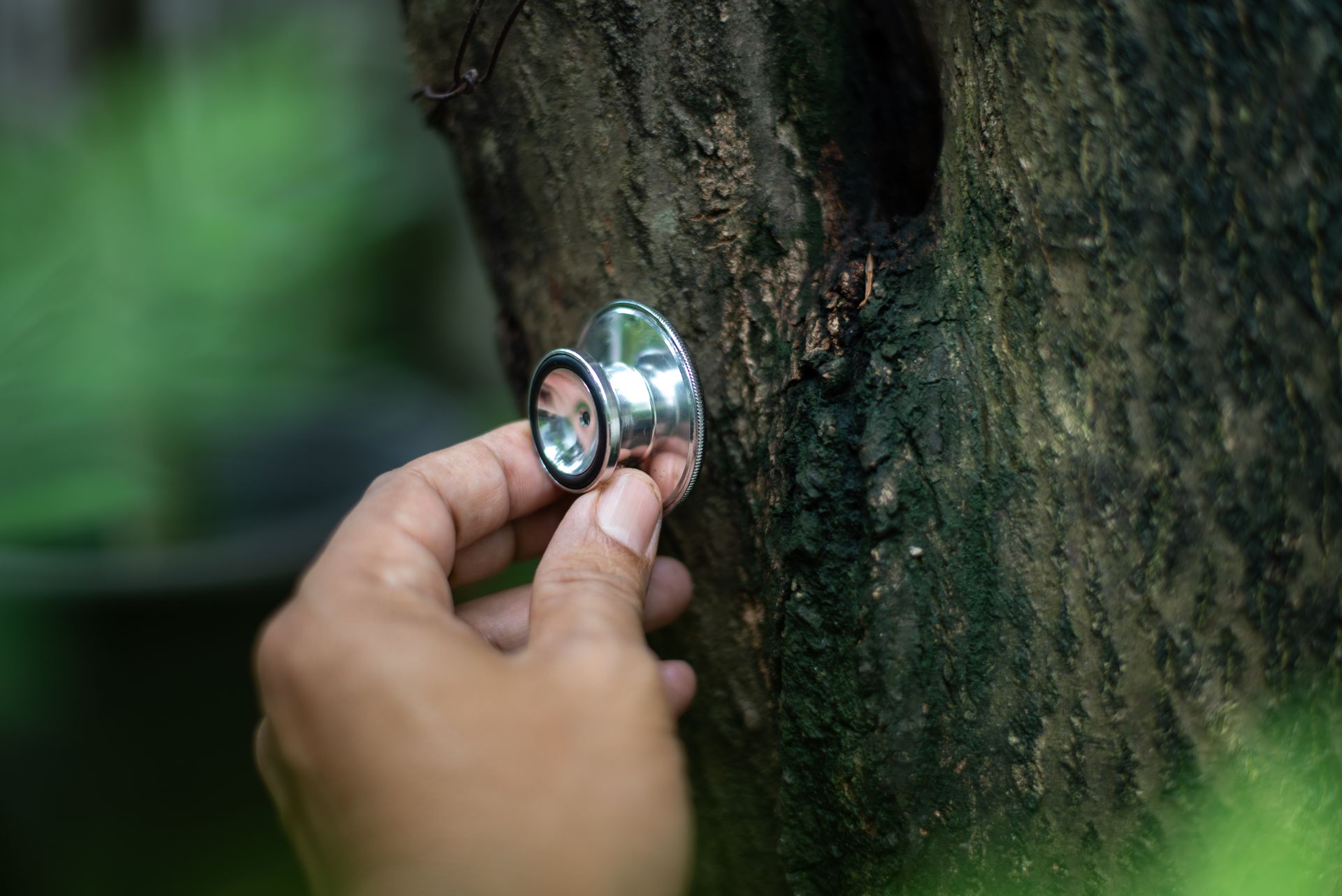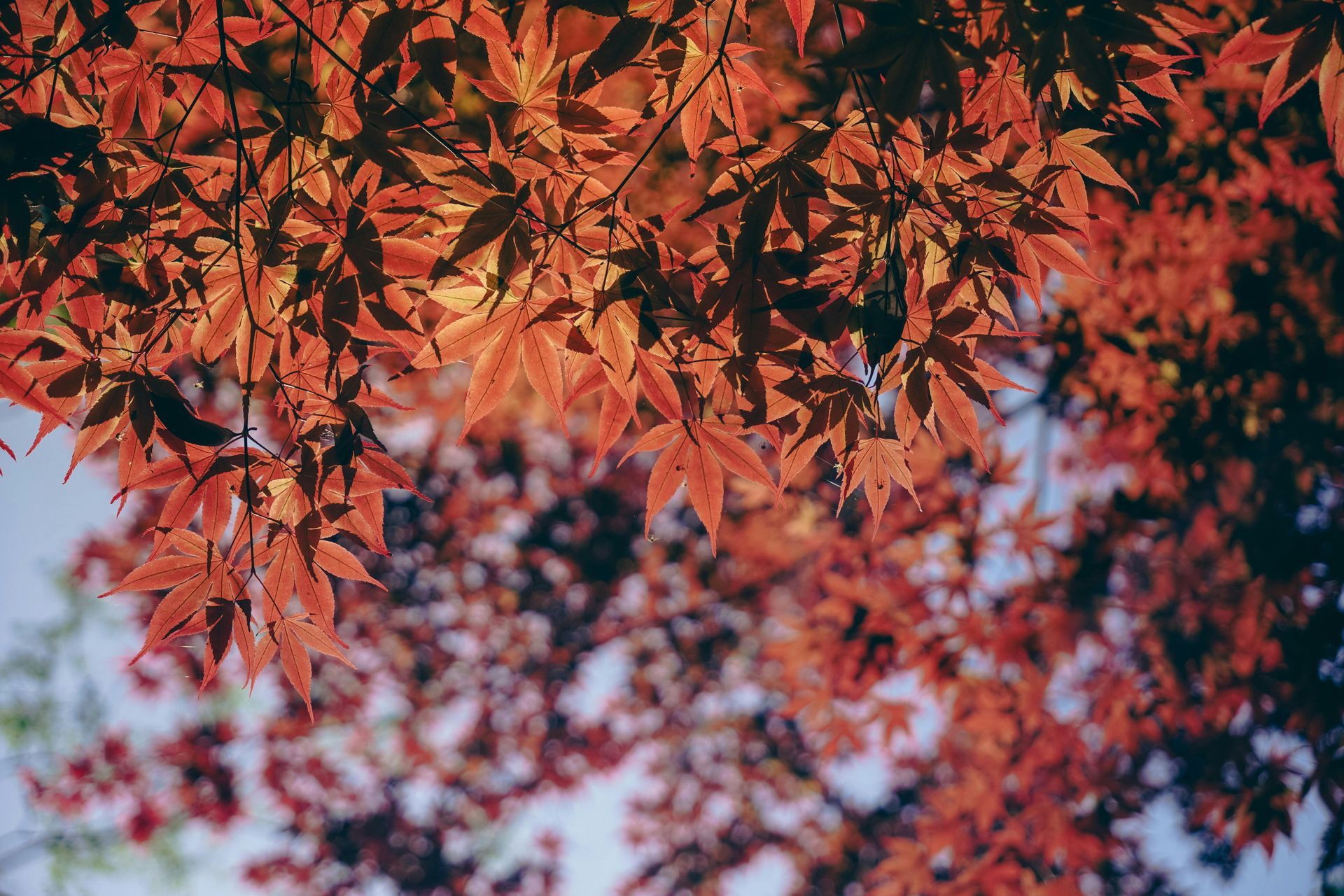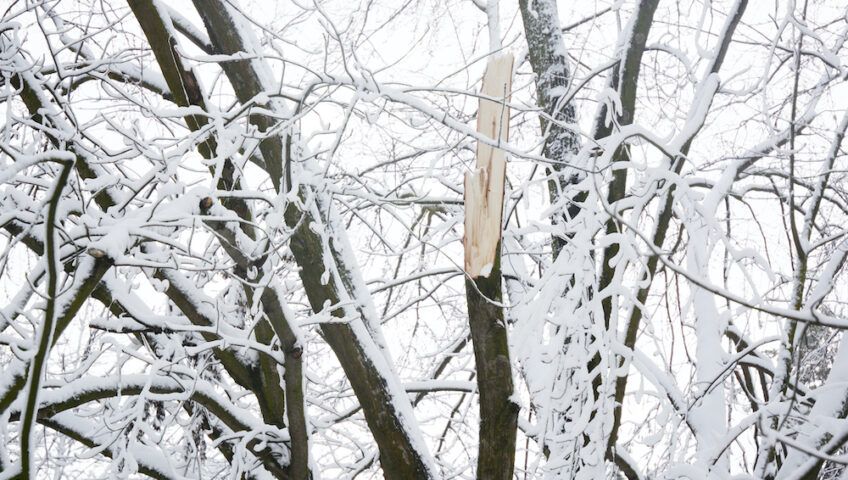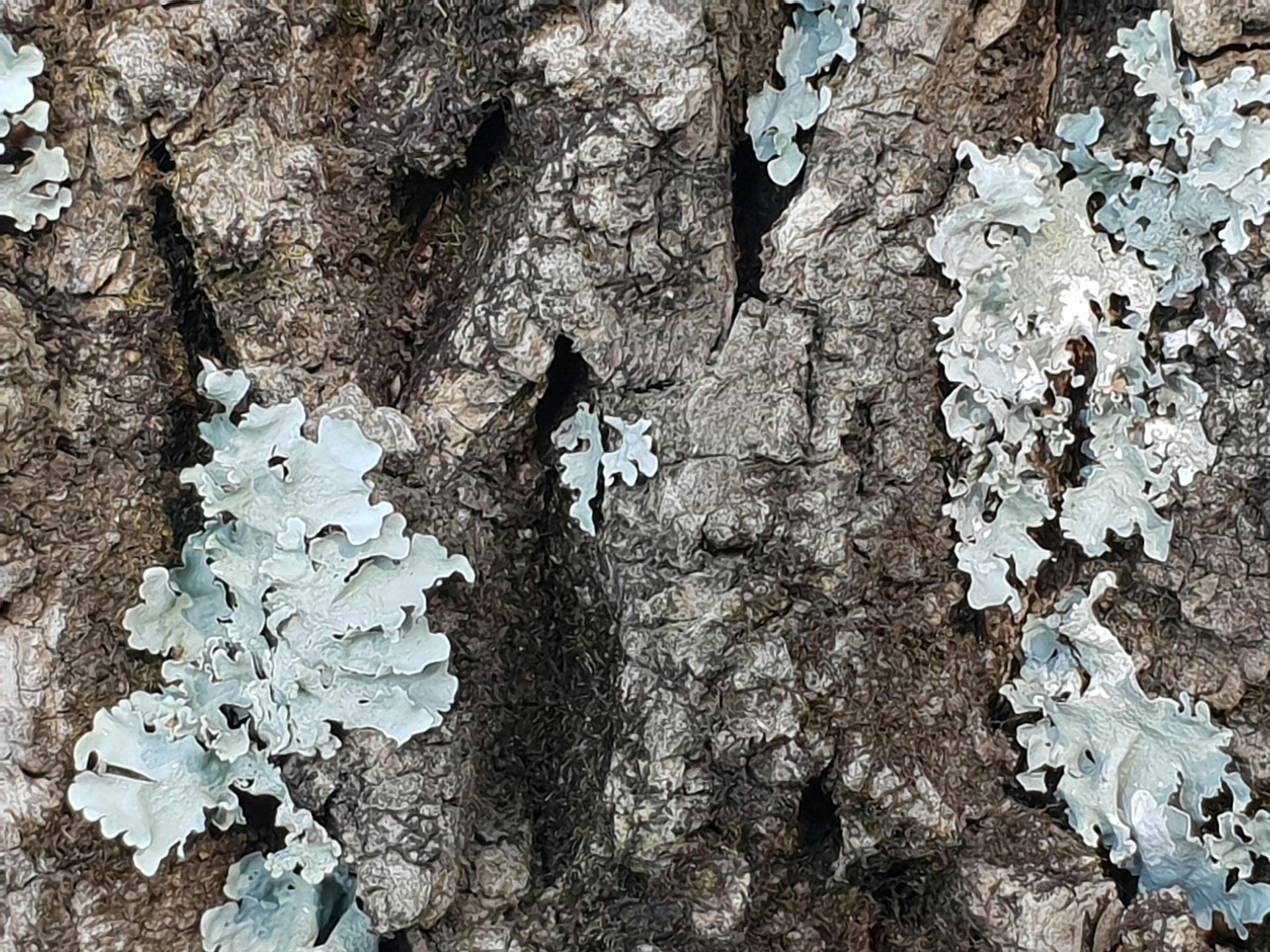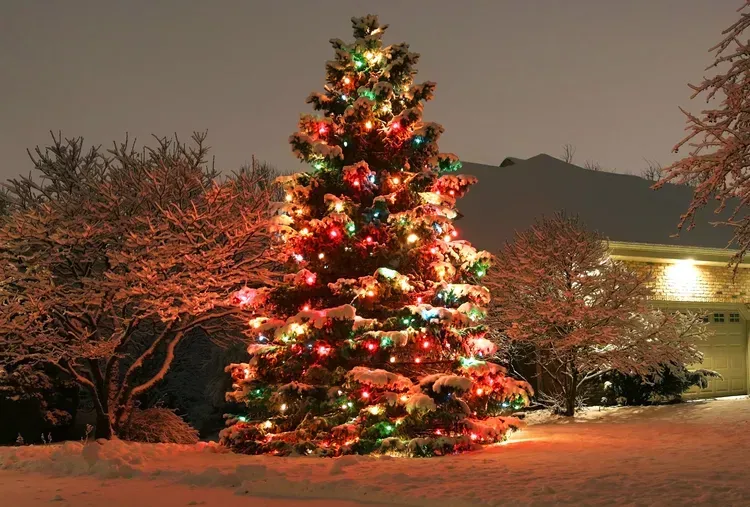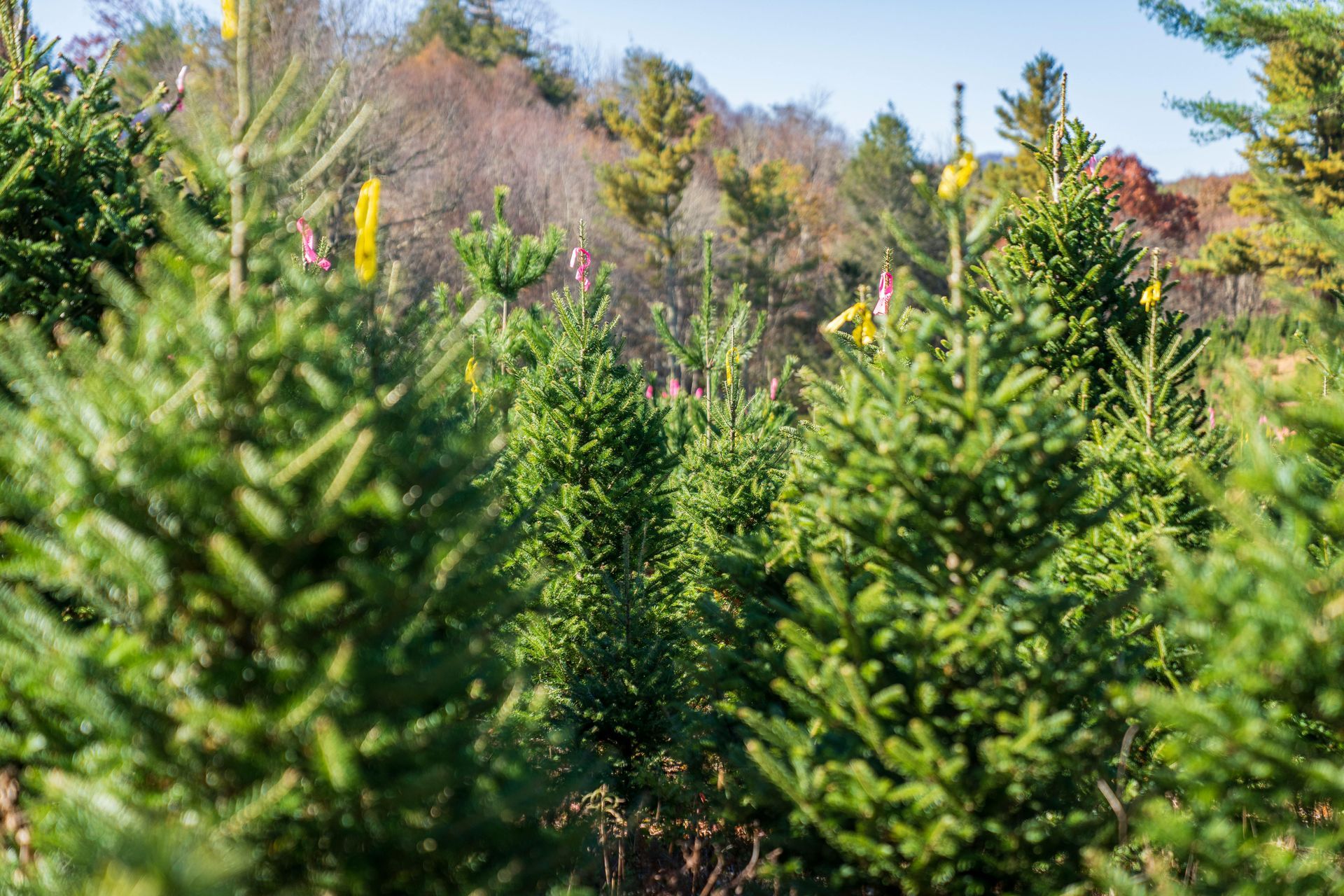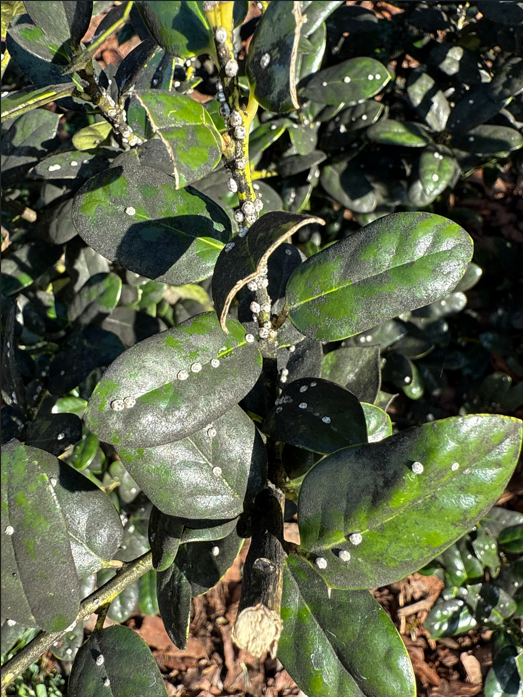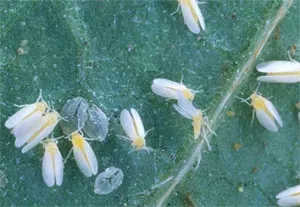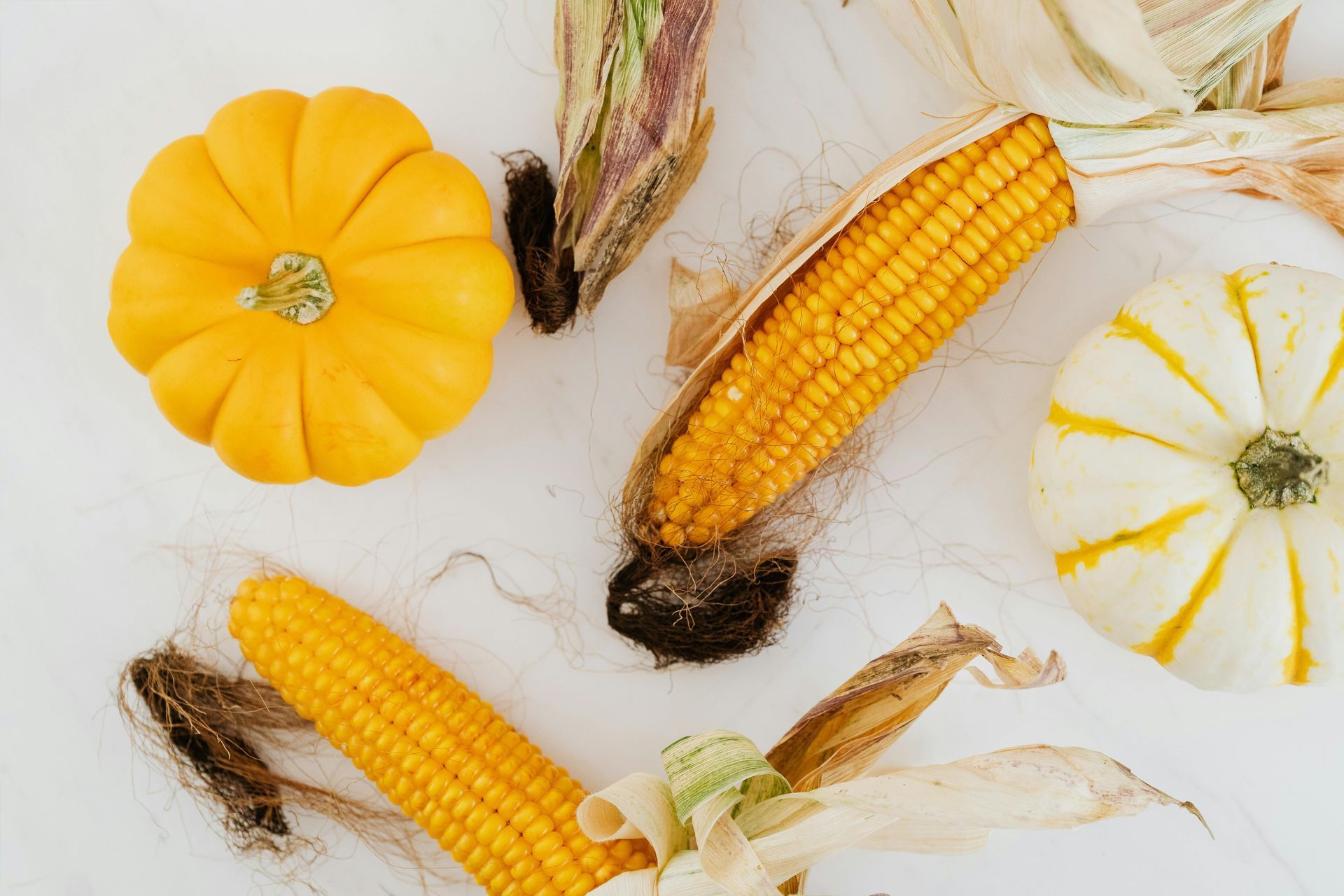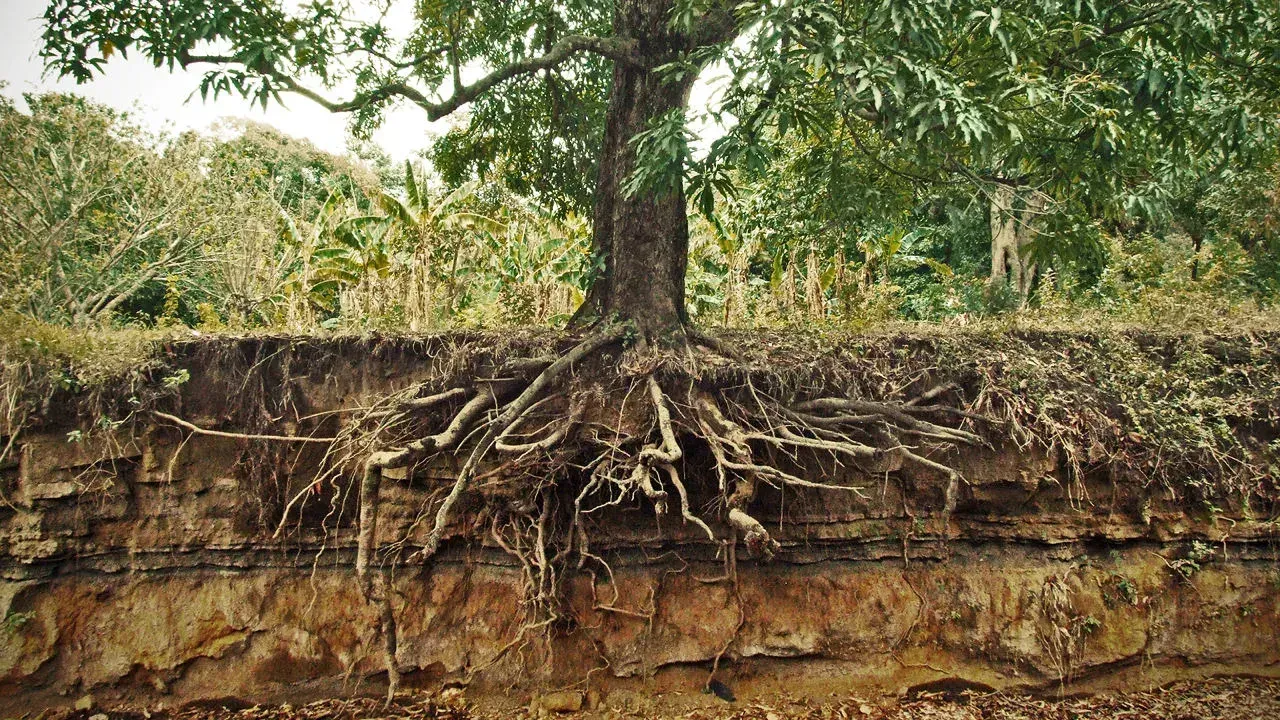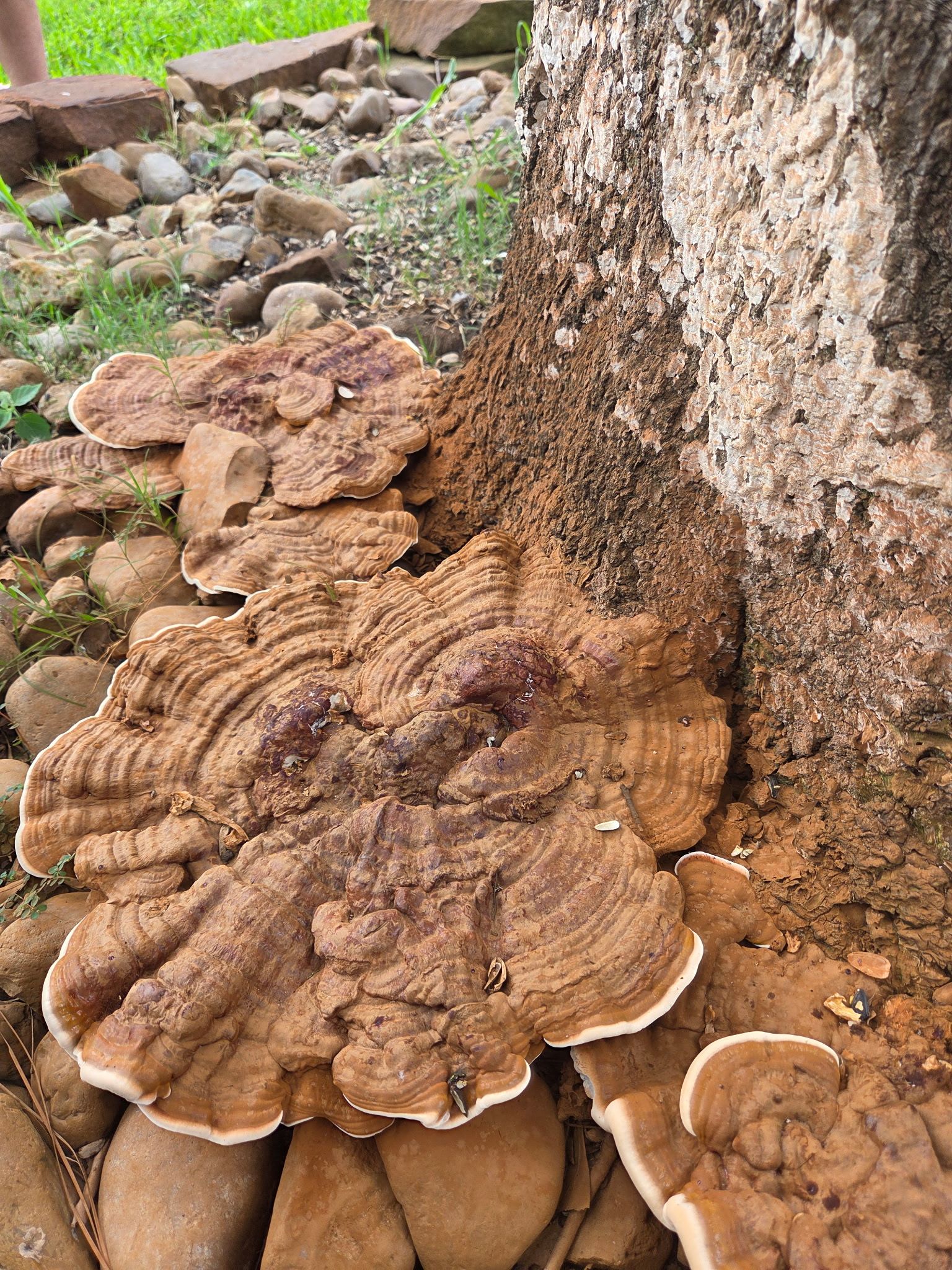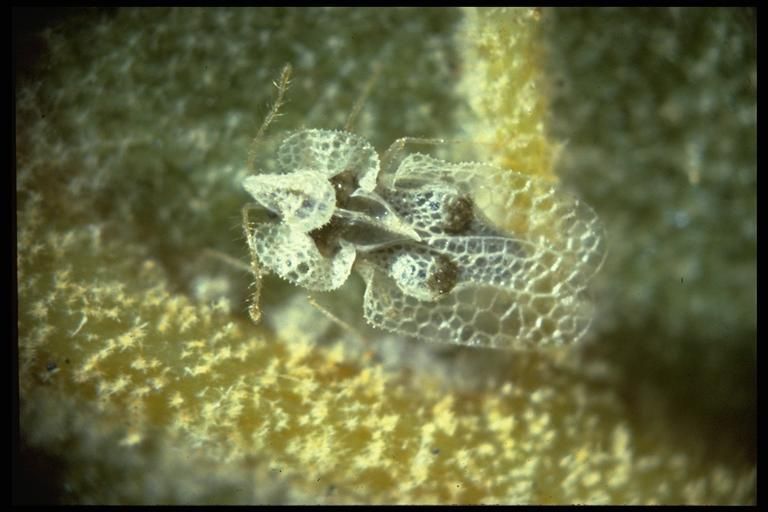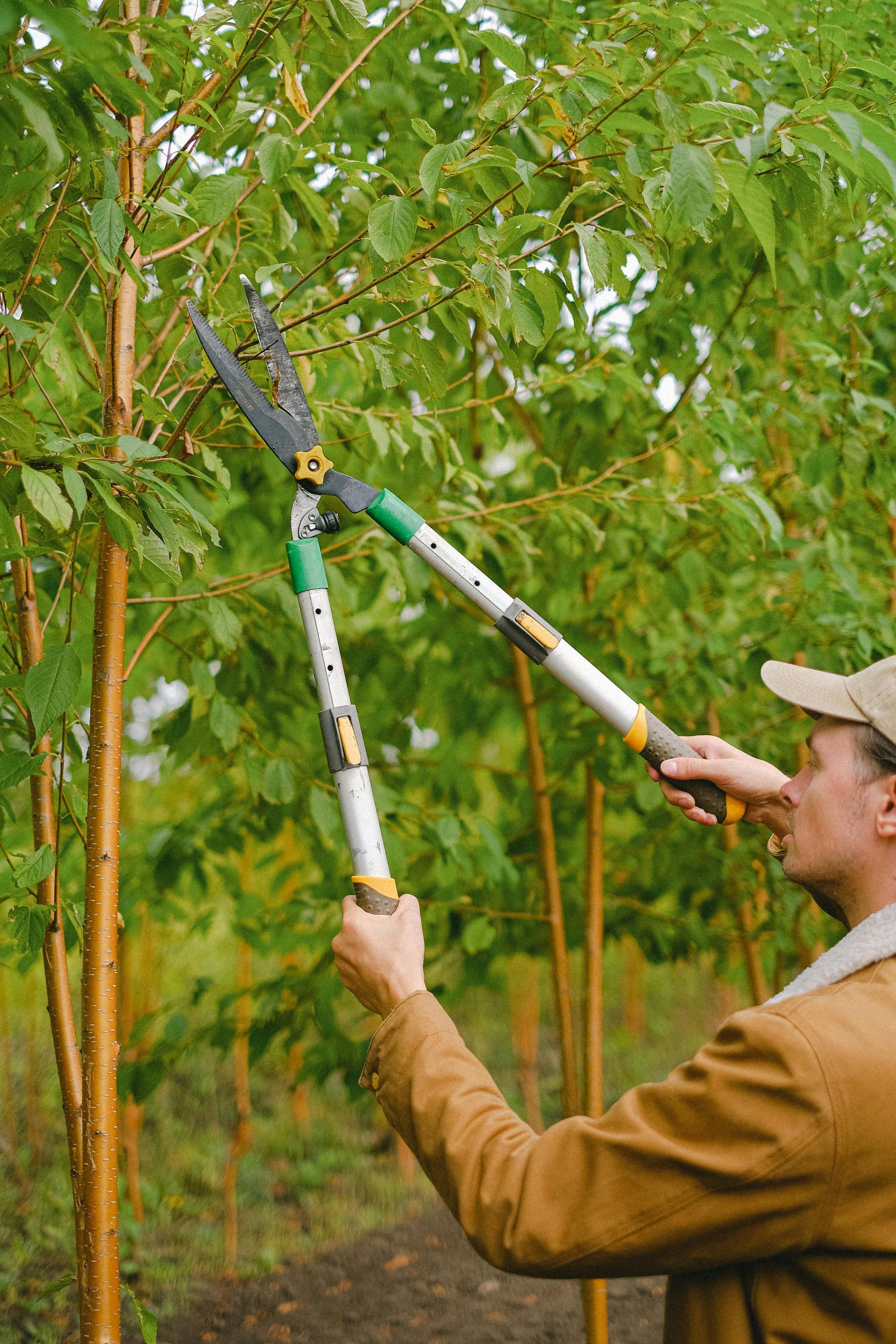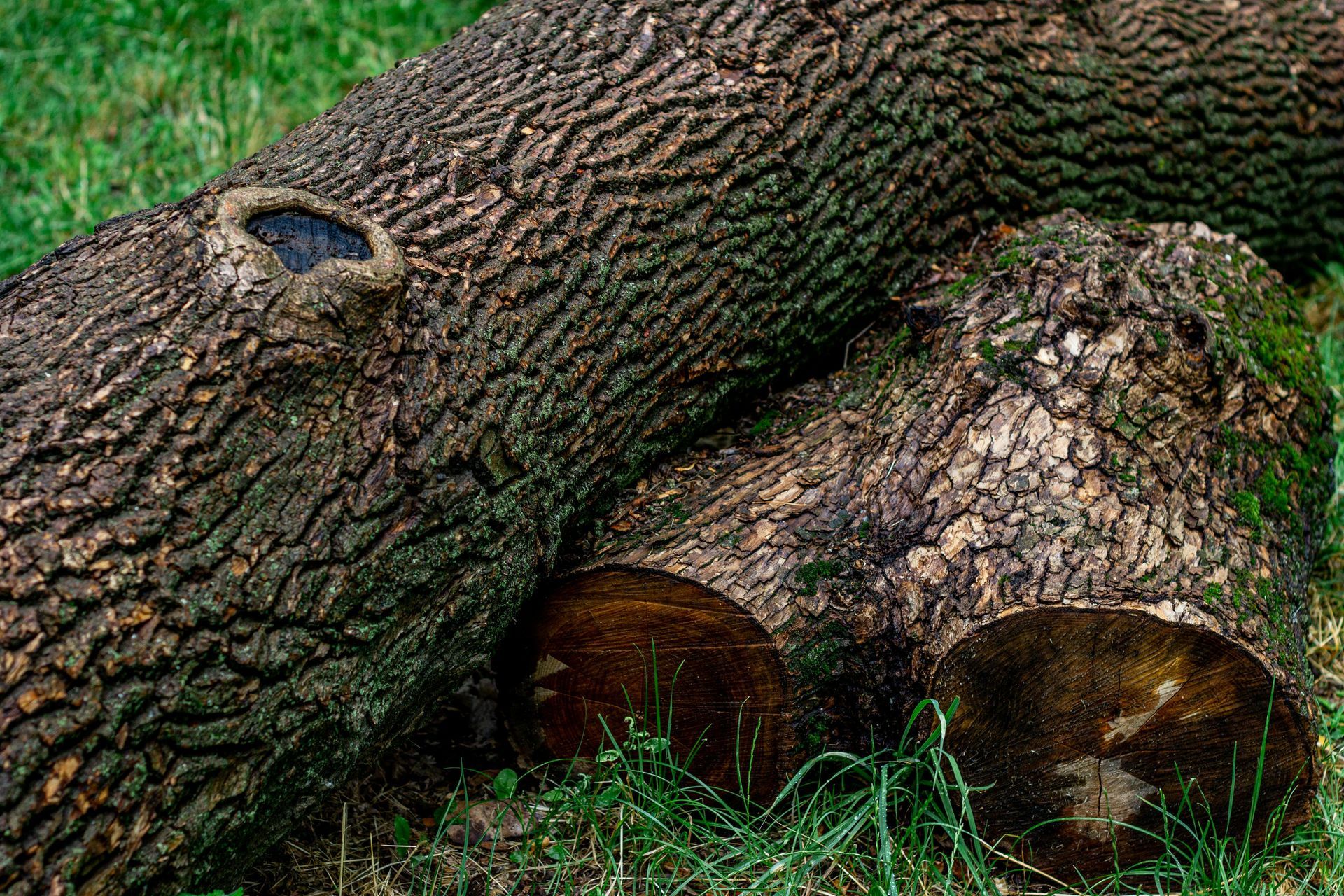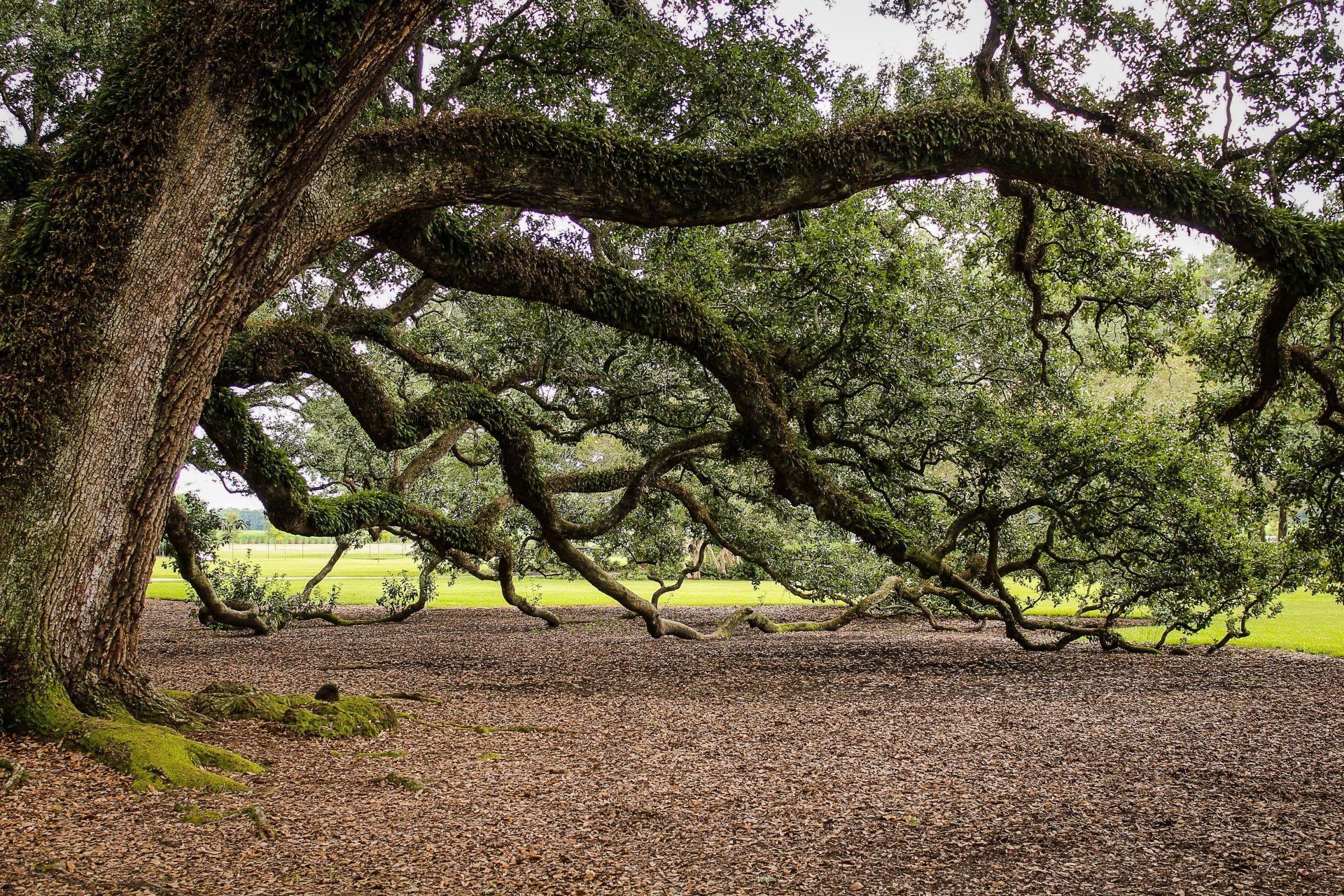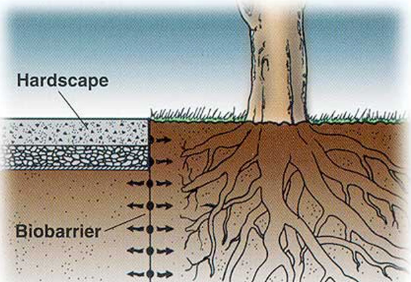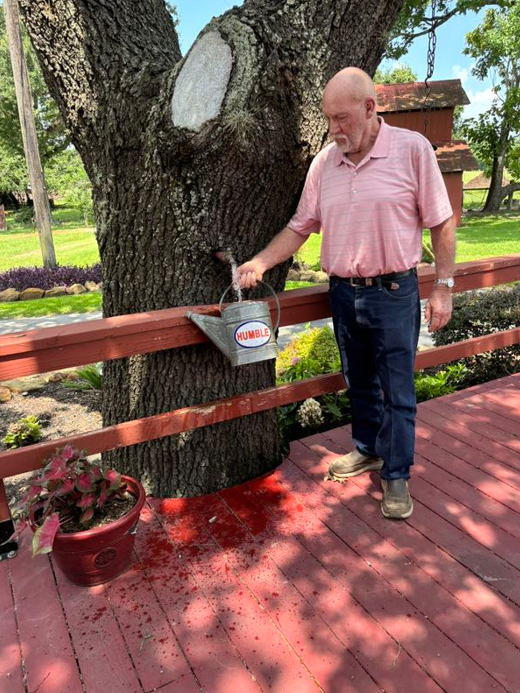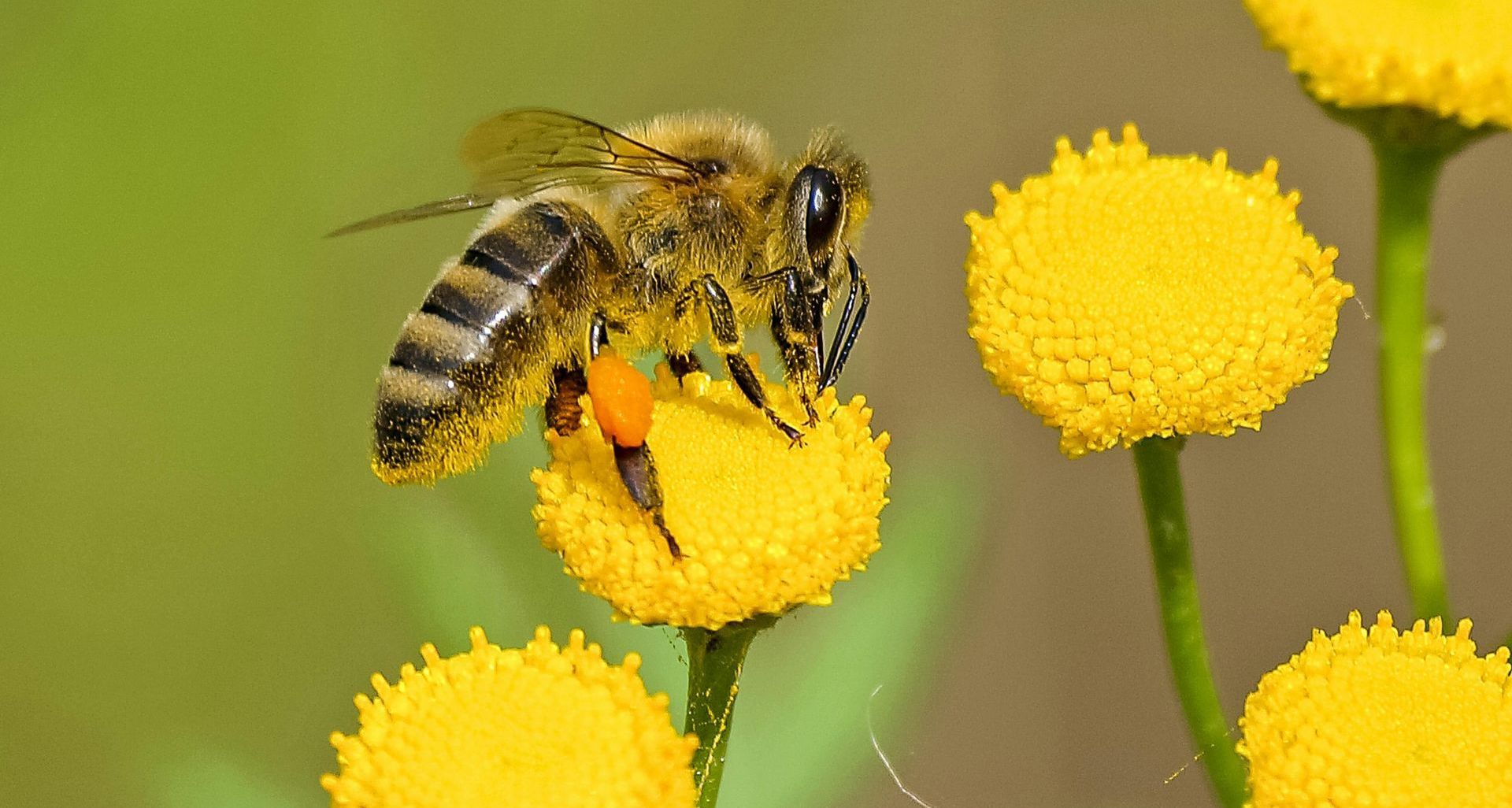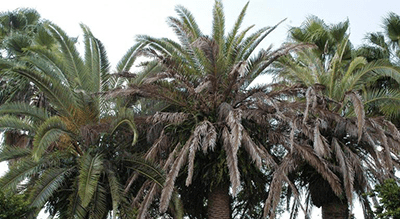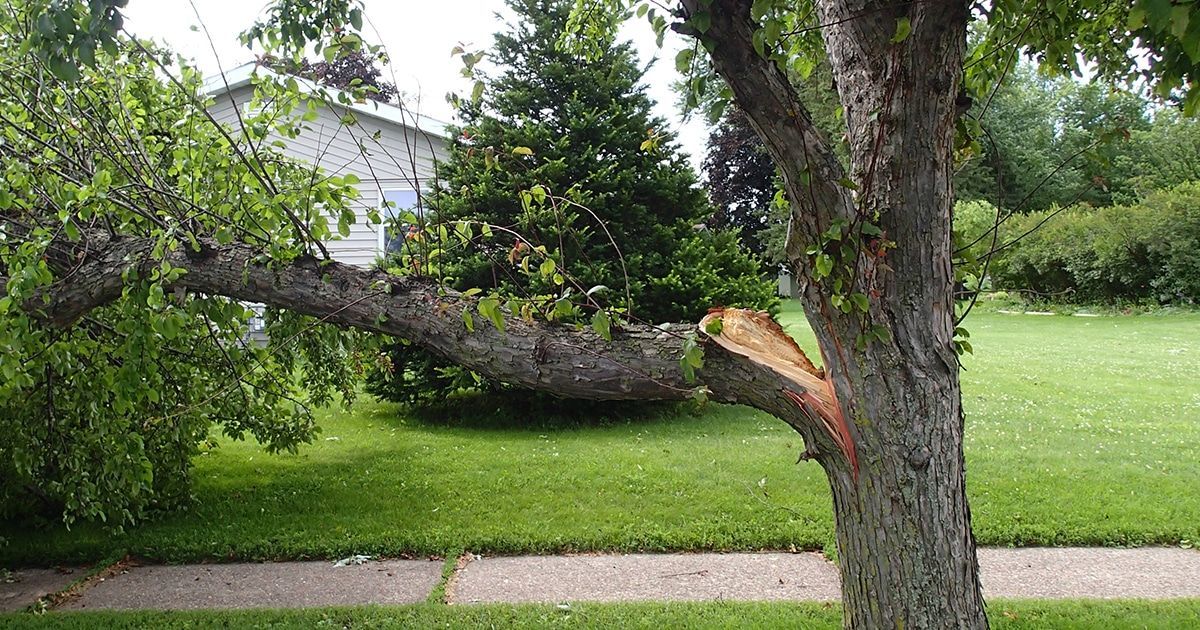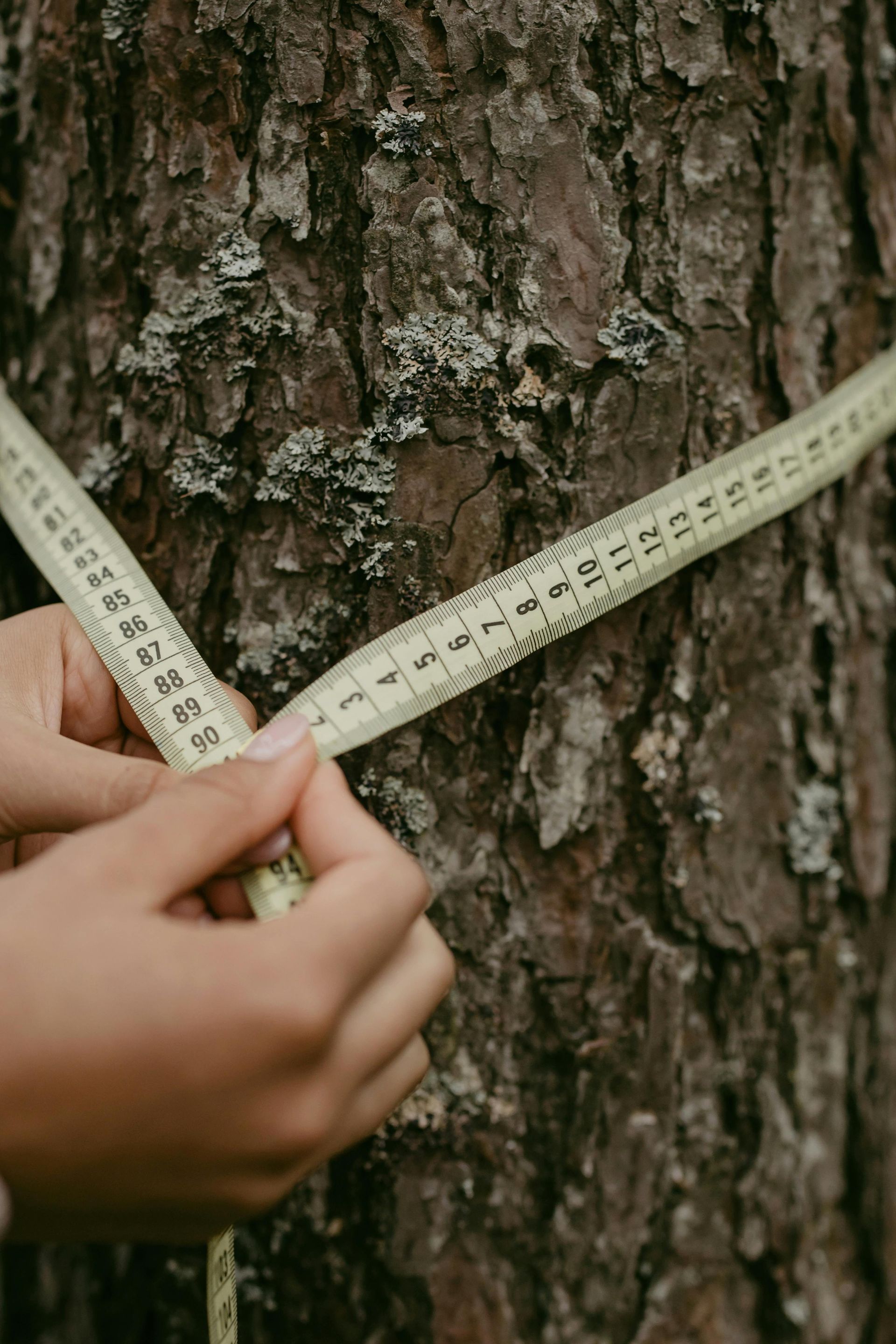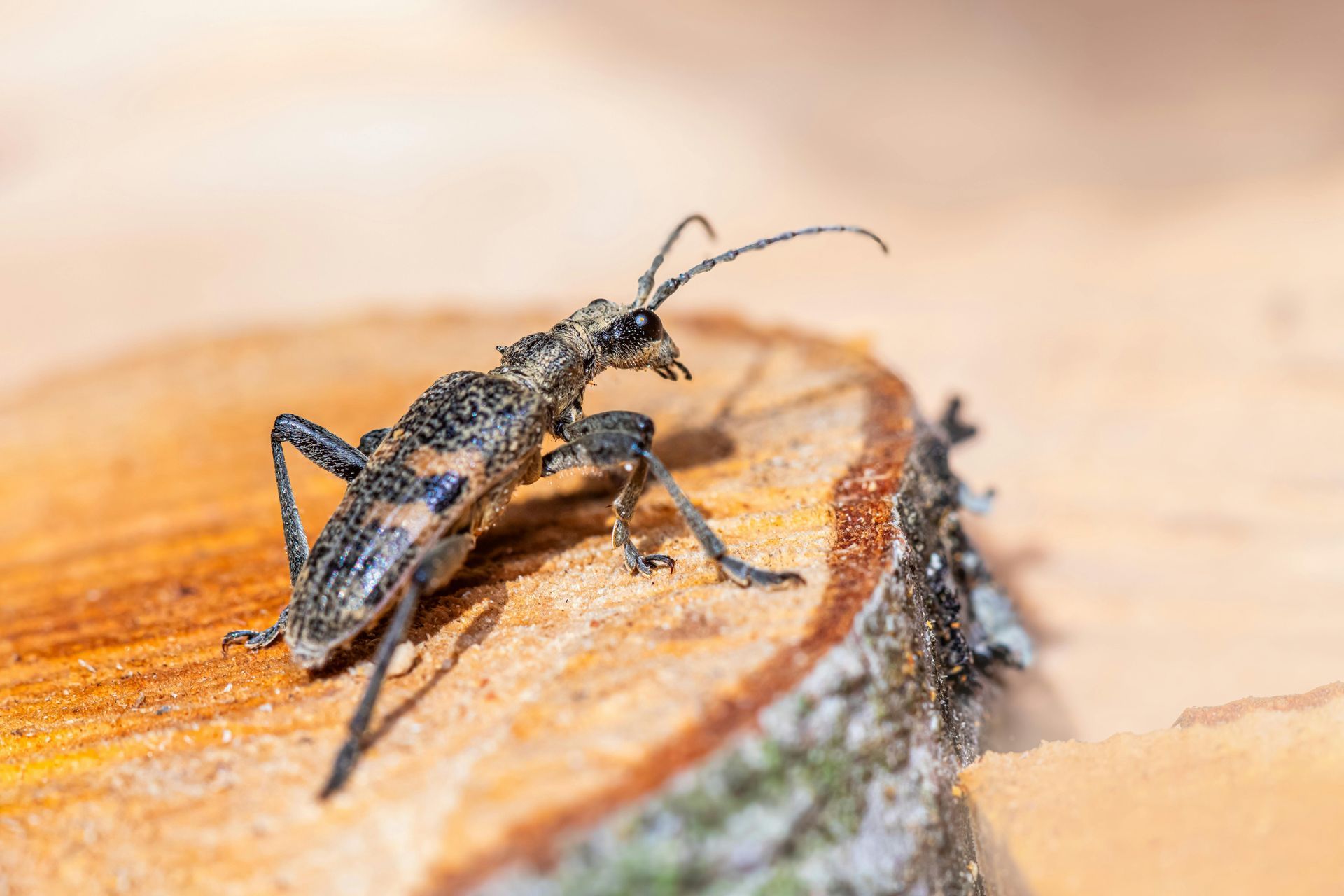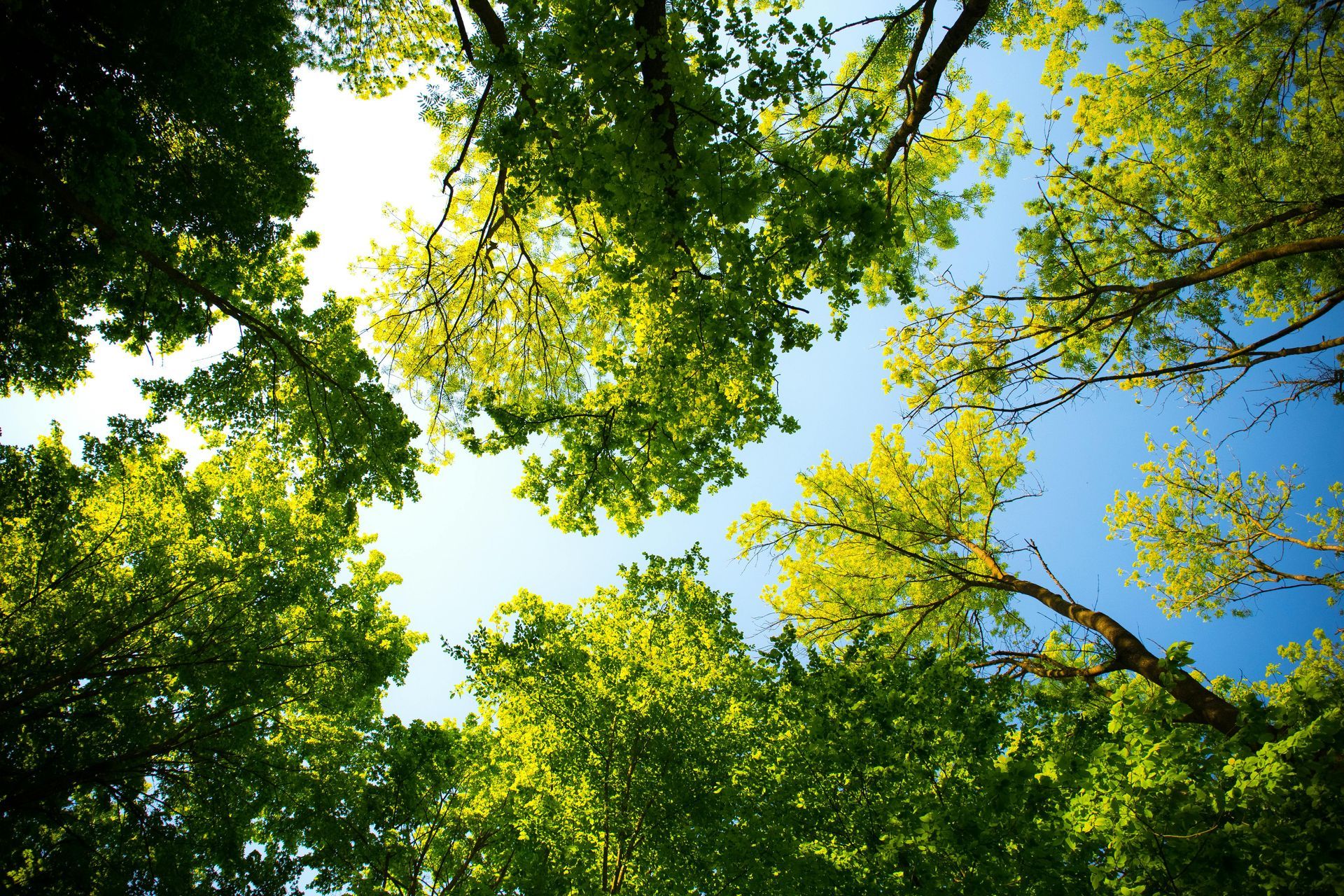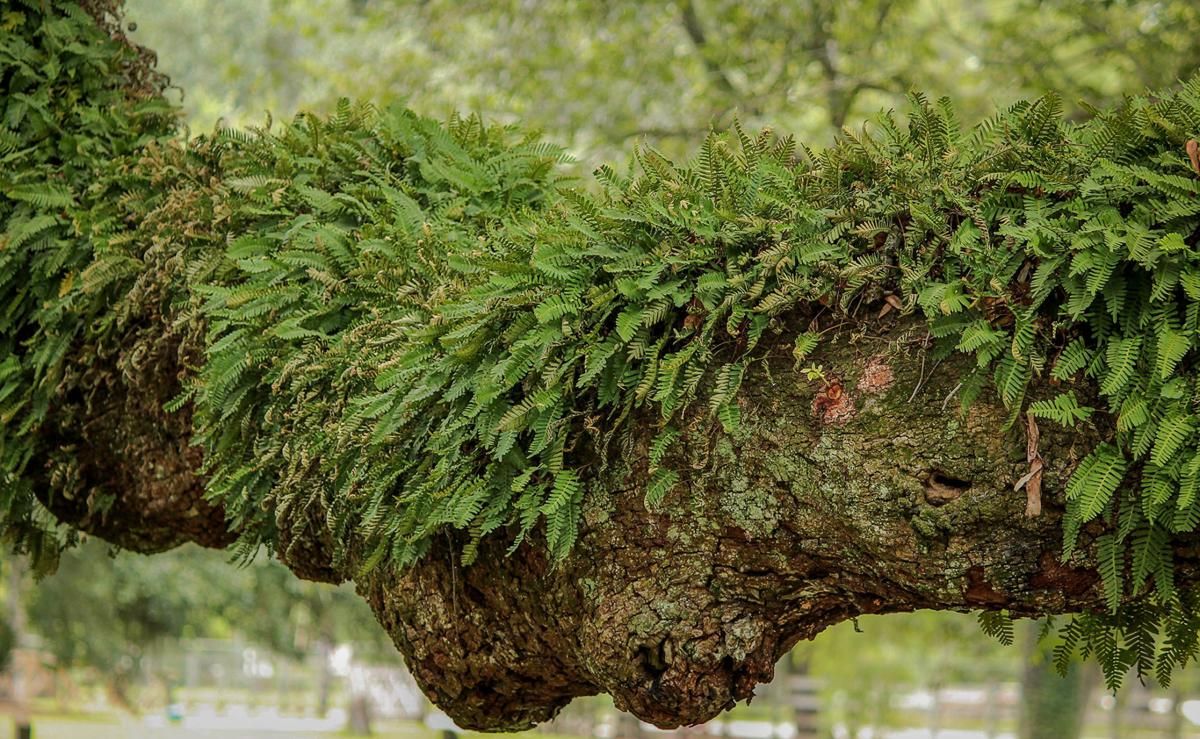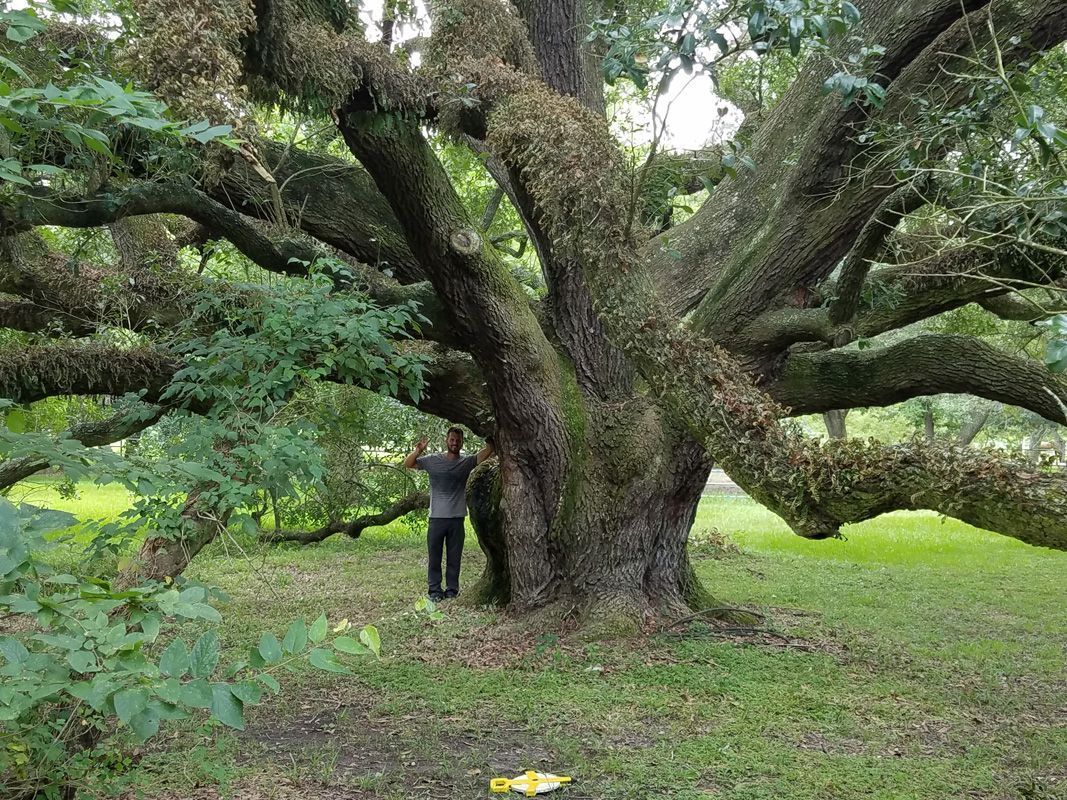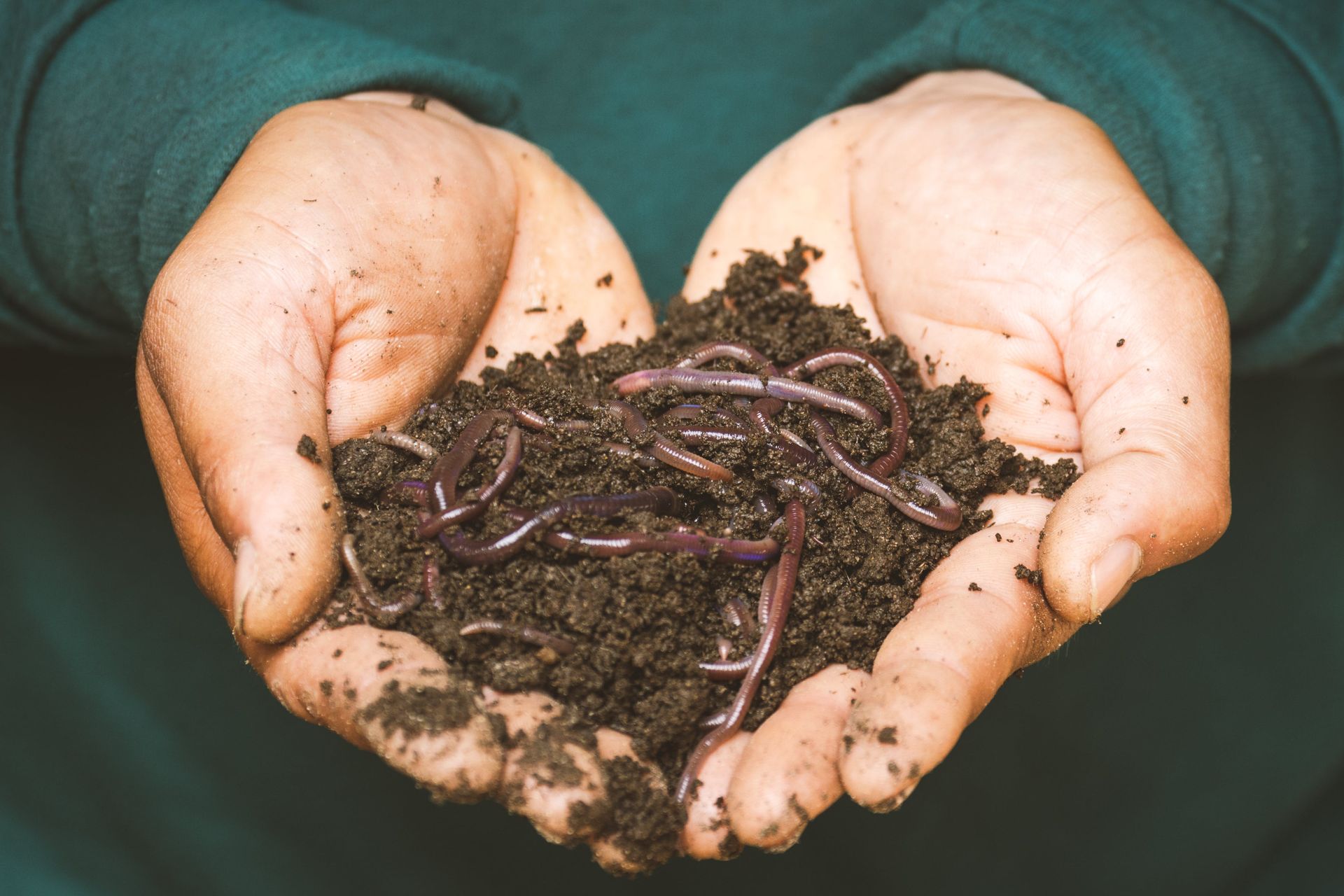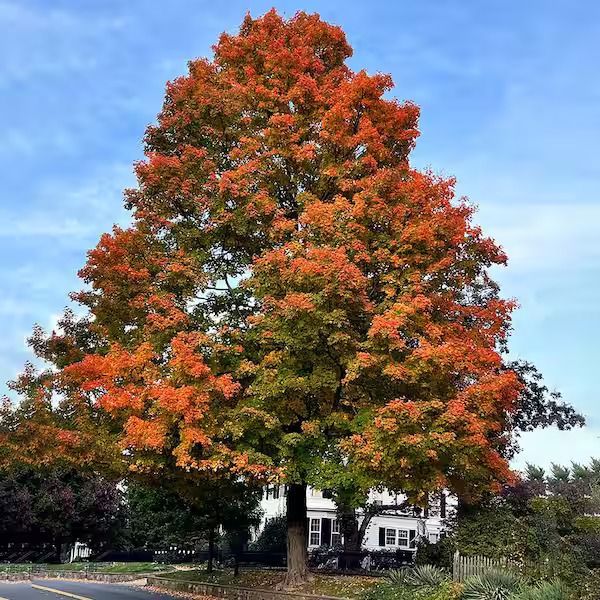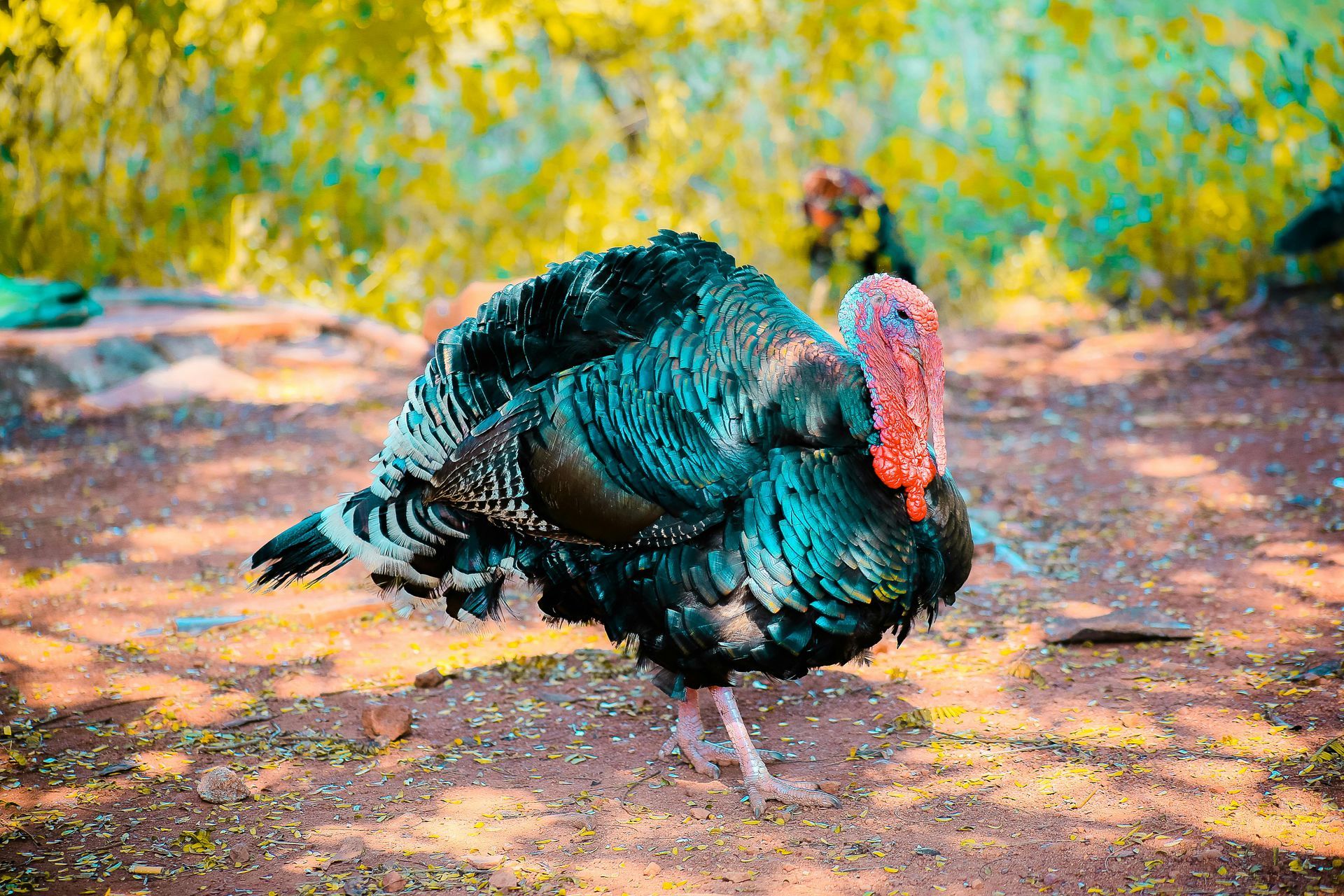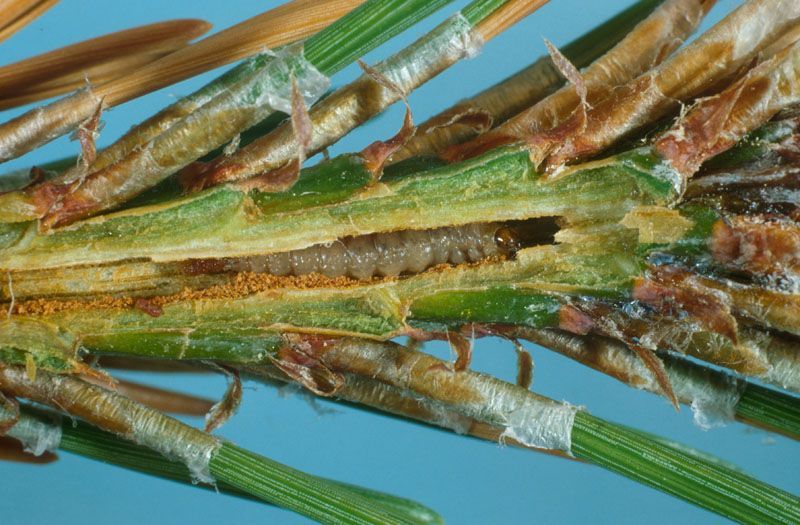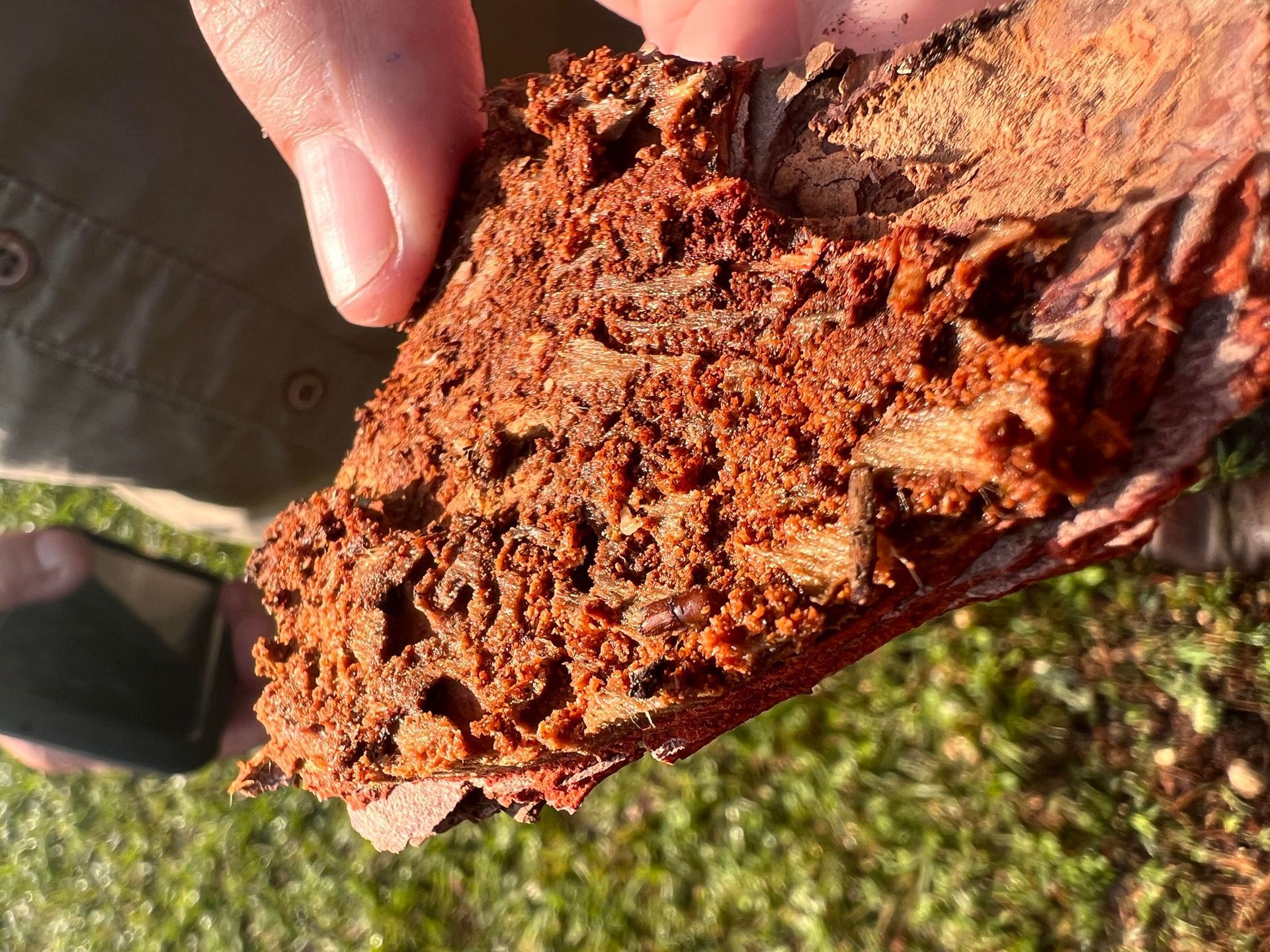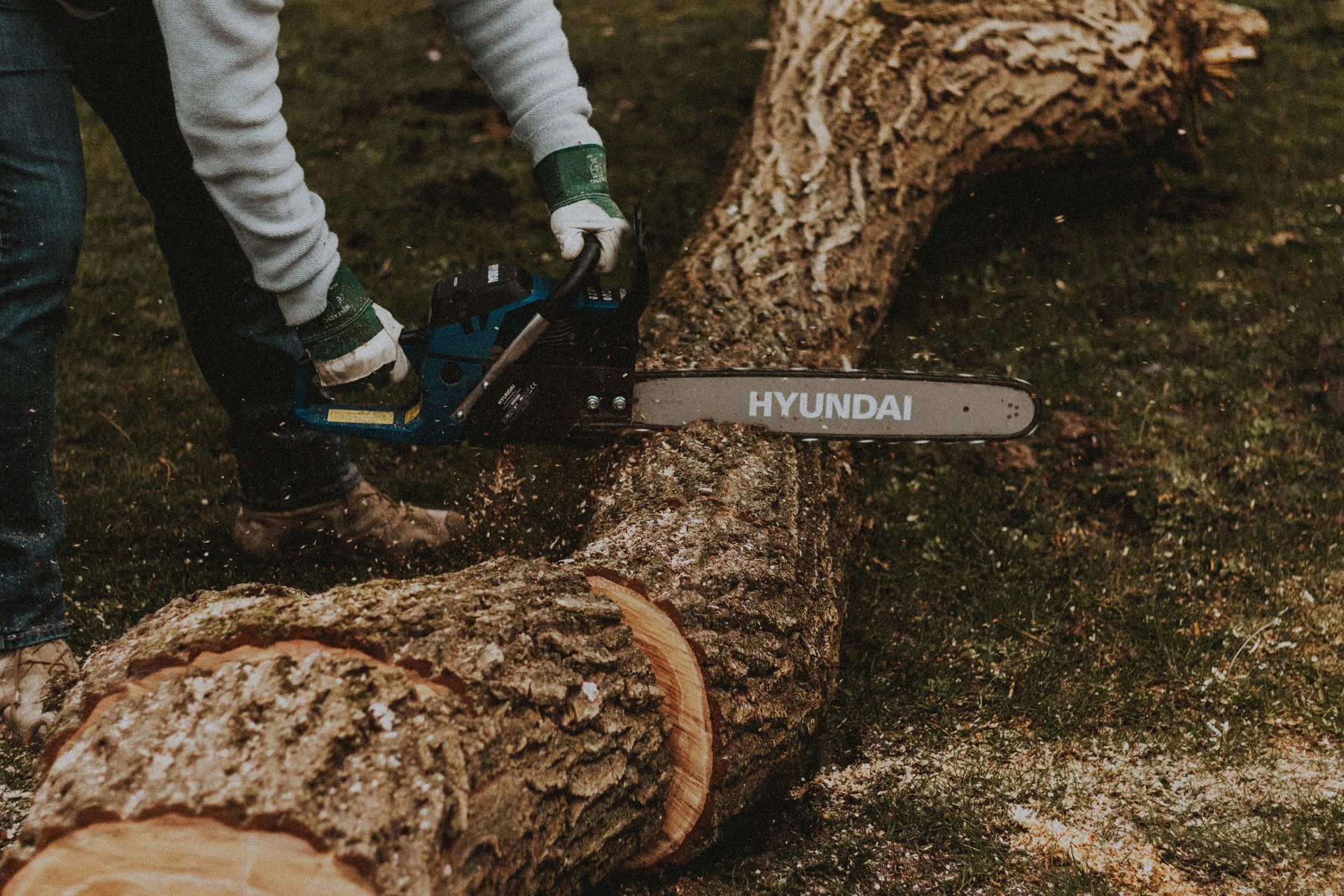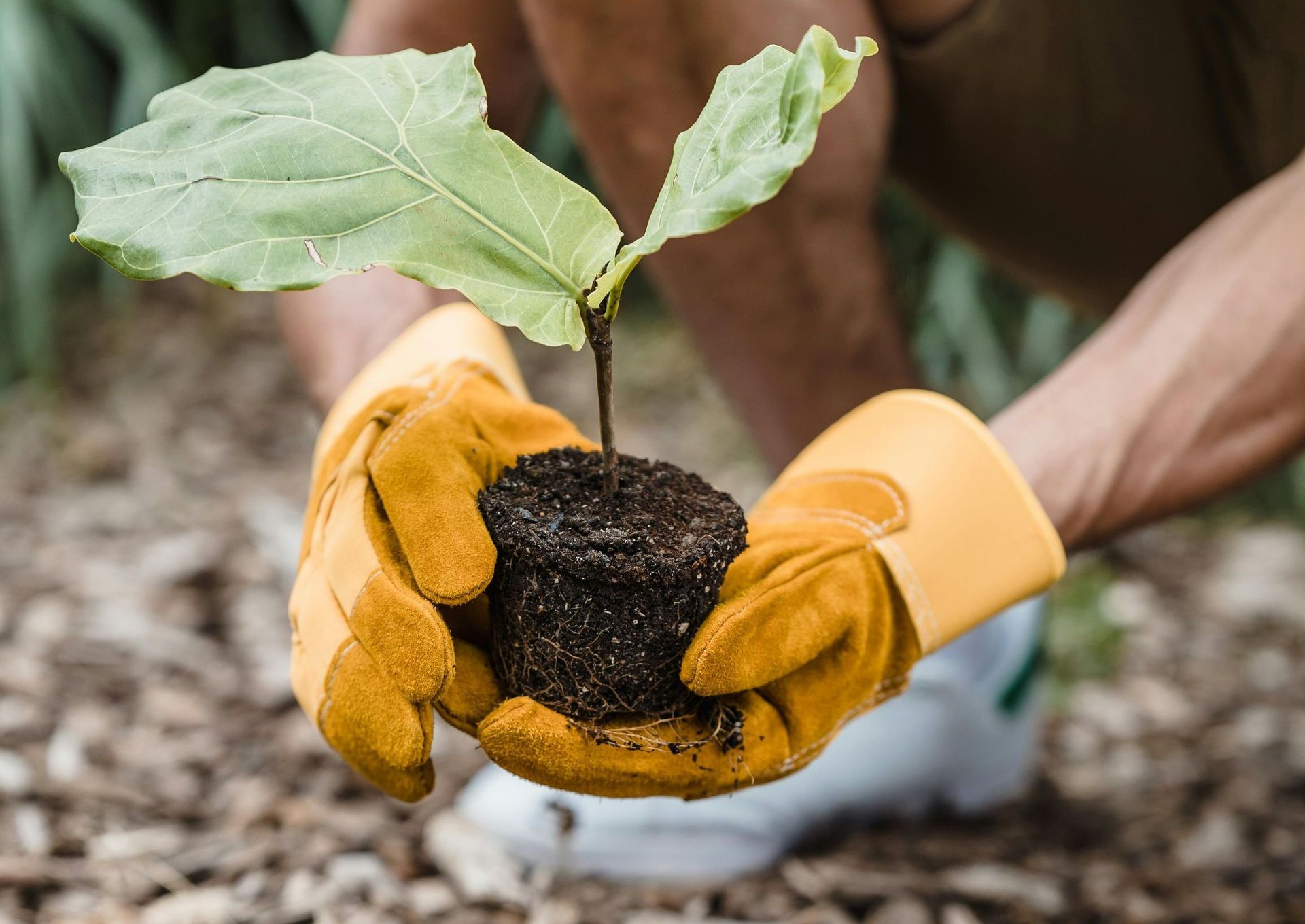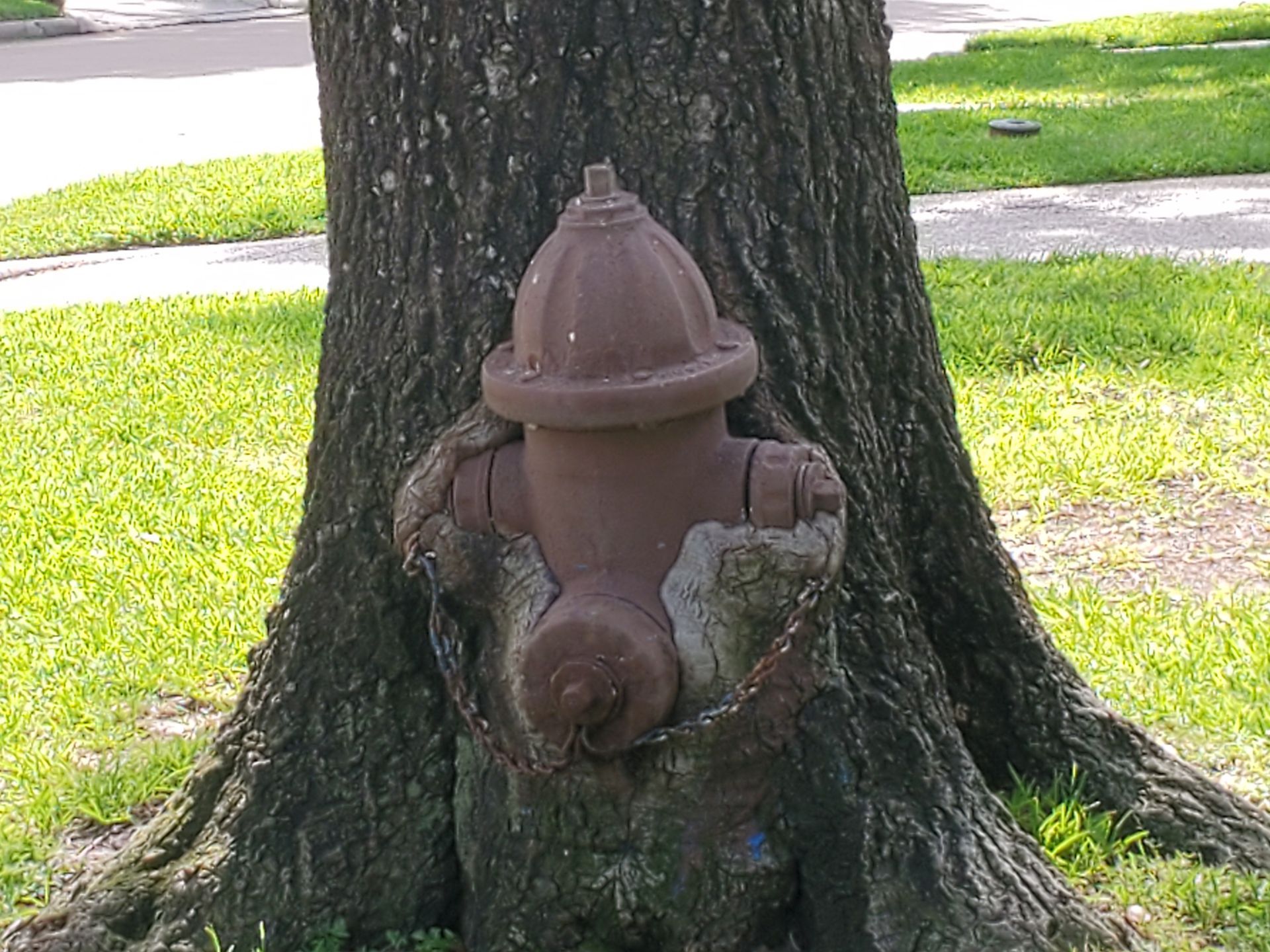Liriope’s Muse: Tree Care Tips from a Master Arborist
TRUSTED TREE CARE SERVICES SINCE 1970
Liriope's Muse - The Truth About Invasive Tree Species in Texas: Are They Really That Bad?
In the world of Texas tree care, few topics spark more debate than invasive species. Whether it’s the Chinese Tallow (Triadica sebifera), Ligustrum (Privet), or Chinaberry, these so-called “bad actors” are often vilified in landscaping guides, community bylaws, and municipal codes. But is the story really so black and white?
Let’s unpack the ecological tradeoffs, real-world impacts, and the nuanced role these trees play in our urban and suburban ecosystems.
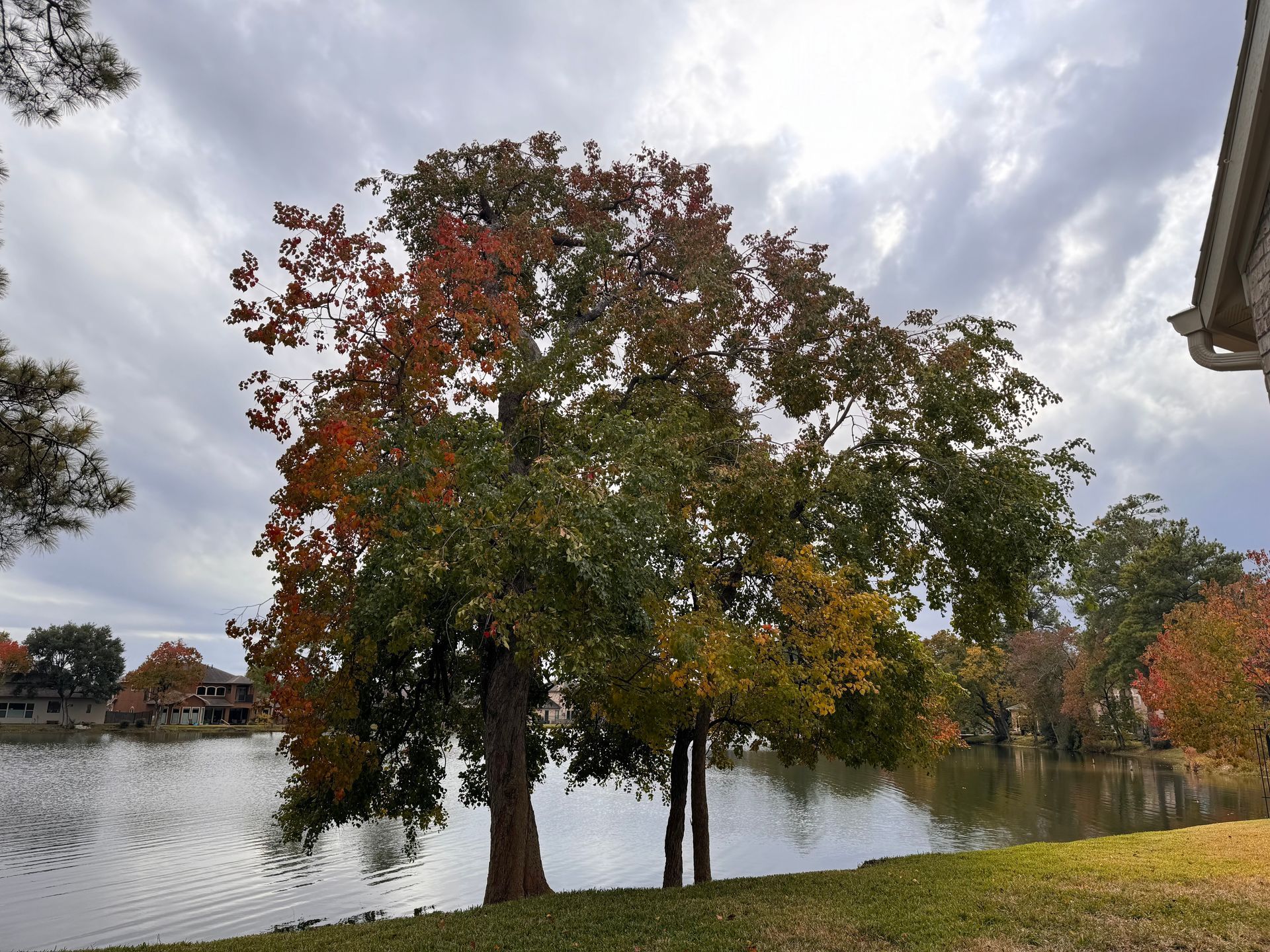
What Makes a Tree “Invasive,” Anyway?
An invasive species is generally defined as a non-native plant that spreads rapidly and causes ecological or economic harm. In Texas, Chinese Tallow and Ligustrum are high on the hit list. They reproduce aggressively, outcompete native flora, and are often accused of lowering biodiversity.
However, not all non-native trees are invasive, and not all invasives are automatically destructive in every context. Labeling a species as “invasive” doesn’t always tell the full story.
The Case of the Chinese Tallow
Chinese Tallow is a fast-growing deciduous tree introduced in the 1700s for use in soap-making. Today, it's widespread across Southeast Texas and the Gulf Coast. It’s known for its aggressive colonization of wetlands and prairies, pushing out native species.
But here’s the nuance:
- Tallow trees are remarkably tolerant of poor soils, floods, and urban heat—making them one of the few species that thrive in disturbed or neglected urban areas.
- They provide fast canopy coverage, which can reduce heat islands and improve air quality.
- Wildlife do use them—birds eat the seeds, bees forage their flowers, and their leaves offer shelter where little else grows.
- They are also my favorite tree. check out this blog to learn why!
In areas where native reforestation is not feasible due to budget or environmental constraints, Chinese Tallow can fill a functional role, albeit temporarily.
Ligustrum: Problem Plant or Poorly Managed?
Ligustrum species, like glossy and Japanese privet, are popular as hedges and screening trees. Yes, they can escape cultivation and take over understory areas in forests. Yes, they produce prolific berries that birds disperse far and wide.
But here’s the tradeoff:
- Ligustrum grows where many other species won’t, especially in compacted soils and heavily shaded urban spaces.
- In a well-managed landscape, Ligustrum can be pruned and controlled effectively. It’s not the tree itself but the lack of management that usually leads to problems.
- These trees provide important screening, wind buffering, and even some pollen sources in early spring—when native trees may still be dormant.
The Ecological Tradeoff We Don’t Talk About
Invasive species often colonize disturbed environments—places where soil has been compacted, native species have been removed, or human activity has altered the landscape. In many cases, these “invaders” are simply the first responders to ecological damage.
Removing them without replacing them with robust, site-appropriate native plantings often leads to erosion, weed infestations, or heat amplification. In other words, removing an invasive species is not a solution by itself—it’s just a first step.
So... Are They Really That Bad?
It depends. In conservation areas or sensitive prairies, yes—aggressive removals and restoration efforts are warranted. But in suburban neighborhoods, degraded lots, and right-of-ways? The ecological function of an invasive tree might outweigh its downsides, at least in the short term.
Blanket removals can also lead to unintended consequences. For example, some communities have clear-cut entire areas of Tallow without preparing for erosion control or native replanting, resulting in worse outcomes than if the trees had been left alone.
A Smarter Way Forward
Rather than villainizing certain species outright, we need a more nuanced, site-specific approach:
- Manage invasives rather than just remove them. Prune and contain where feasible.
- Replace with intention. If you’re removing Ligustrum, have native or adaptive species ready to fill the gap.
- Evaluate ecological function. Consider the habitat, shade, or erosion control benefits a tree may be providing, even if it’s not native.
- Educate instead of eradicate. The real solution is long-term land stewardship and community awareness, not just tree removal.
As a Board-Certified Master Arborist, I’ve seen both sides of the invasive tree debate. While we should be cautious about allowing aggressive species to run unchecked, we also shouldn’t lose sight of the bigger picture. Trees—whether native or not—are part of a complex urban ecology. Understanding their role, rather than rushing to remove them, is the first step toward responsible, sustainable tree care.
At Eric Putnam BCMA, Inc., we believe in thoughtful, science-backed tree management. If you're unsure whether a tree on your property is invasive, harmful, or just misunderstood—give us a call. We’re here to help you make the best decision for your landscape, your budget, and your trees.
Liriope’s Muse - Expert Tree Care Tips
